Your First Climbing Session
Congratulations, climber! You’ve just conquered your first climbing session—whether it was your first time ever or just the first of the season, you’ve tested your strength and felt the thrill of scaling new heights. Now that the adrenaline is wearing off, you might be feeling sore, fatigued, or a little stiff—and that’s completely normal!
Climbing isn’t just a great social activity—it’s a full-body workout that engages muscles you didn’t even know you had. The benefits of climbing go beyond just strength; it also improves flexibility, balance, and mental focus, making it as rewarding as it is challenging. And just like the climb itself, proper recovery is essential. Taking care of your body helps you bounce back faster, prevent injuries, and come back even stronger for your next session.
Here are the top five recovery strategies to help you recover like a pro and get ready for your next climb.
1. Hydrate: Replenish and Recover
Climbing is an intense workout that depletes your hydration levels through sweat and exertion. Proper hydration helps flush out toxins, reduce muscle soreness, and speed up recovery.
How to hydrate effectively:
Drink water before, during, and after climbing to keep your muscles functioning properly.
Add electrolytes to your water if you’ve been sweating a lot—this helps replenish sodium, potassium, and magnesium, which are key for muscle recovery.
Infuse your water with citrus, cucumber, or mint for extra vitamins and a refreshing boost.
Avoid excessive caffeine and alcohol immediately after climbing, as they can contribute to dehydration.
Bonus tip: If you experience cramping or feel drained post-climb, try coconut water or a sports drink with natural electrolytes.
2. Stretch: Keep Your Muscles Happy
After your first climbing session, your muscles might tighten up, especially in your forearms, shoulders, back, and legs. Stretching post-climb improves flexibility, blood flow, and reduces soreness, helping you feel looser and more mobile the next day.
Best stretches for climbers:
Forearm stretches – Extend one arm in front of you, palm facing down, and gently pull back your fingers with the opposite hand. Reverse for the other side. This helps relieve pump and reduces stiffness.
Shoulder and chest openers – Use a doorway or wall to stretch out tight shoulders after reaching and pulling all session.
Hip and hamstring stretches – Moves like lunges, pigeon pose, or toe touches help release tension in your lower body, especially after tricky foot placements and high steps.
Wrist and finger stretches – Rotate your wrists, stretch your fingers, and gently massage your hands to keep them flexible and reduce strain.
Bonus tip: Foam rolling or using a massage ball on your forearms, back, and legs can help relieve muscle tension even further.
3. Refuel with Proper Nutrition
Climbing burns a lot of energy, so refueling with nutrient-rich foods helps your muscles repair and rebuild while keeping your energy levels stable.
What to eat after climbing:
Protein – Essential for muscle recovery. Great sources include lean meats, eggs, tofu, lentils, Greek yogurt, and protein shakes.
Complex carbohydrates – Replenish glycogen stores. Opt for quinoa, whole grains, sweet potatoes, or brown rice instead of processed carbs.
Healthy fats – Help reduce inflammation. Avocados, nuts, seeds, and olive oil are excellent choices.
Antioxidants – Reduce muscle damage and speed up recovery. Load up on berries, dark leafy greens, and colorful vegetables.
Bonus tip: Eating within 30-60 minutes post-climb maximizes recovery benefits. A simple protein smoothie with banana, almond butter, and spinach makes a great post-climb refuel.
4. Prioritize Rest and Sleep
Your body does most of its repair and recovery during rest, and sleep is the ultimate recovery tool. Skimping on rest leads to longer recovery times, increased soreness, and a higher risk of injury.
How to optimize your rest:
Get 7-9 hours of quality sleep to allow your body to rebuild muscle and replenish energy.
Avoid intense workouts the next day—light movement like yoga, walking, or an easy climbing session can aid recovery without overloading your muscles.
Take a warm bath with Epsom salts to relax sore muscles and speed up recovery.
Practice deep breathing or meditation to help calm your nervous system after an intense session.
Bonus tip: If you’re still feeling sore the next day, try contrast therapy—alternate between hot and cold showers to promote circulation and reduce inflammation.
5. Take Care of Your Hands and Skin
Your hands and fingers take a beating while climbing, and proper skin care ensures they stay healthy and ready for your next session.
Post-climb hand care routine:
Wash your hands with lukewarm water and mild soap to remove chalk and dirt without over-drying.
Moisturize with climber-friendly hand balms (avoid lotions with fragrances that can soften calluses).
File down rough calluses to prevent flappers (skin tears)—but don’t remove them completely, as they protect your hands.
If you have cuts or abrasions, apply liquid bandage to help them heal faster.
Bonus tip: If your hands are particularly sore, soak them in warm saltwater to soothe skin and promote healing.
Final Thoughts: Recover Like a Pro After Your First Climbing Session
Your first climbing session can be tough on the body, and proper recovery is key to building strength, preventing injuries, and keeping your motivation high. By focusing on hydration, stretching, proper nutrition, rest, and hand care, you’ll feel better, recover faster, and be ready to crush your next climb.
Recap of Recovery Tips:
- Hydrate properly to replace fluids and electrolytes.
- Stretch to improve flexibility and reduce soreness.
- Refuel with protein, carbs, and healthy fats for muscle repair.
- Prioritize sleep and rest for full-body recovery.
- Take care of your hands to keep your skin healthy for future climbs.
Follow these five recovery strategies, and you’ll be back on the wall feeling strong, fresh, and ready to tackle new challenges!

